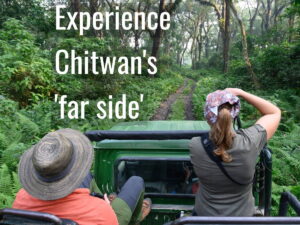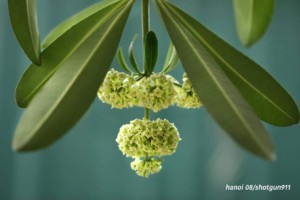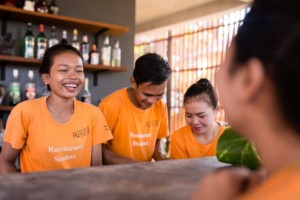Find five-star dining in surprising Mae Sot
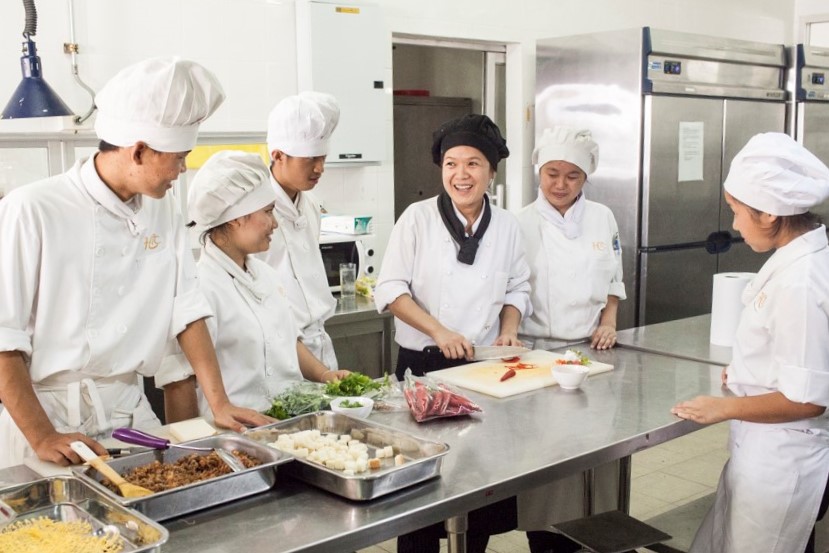
The city of Mae Sot in western Thailand displays most of the hallmarks of a small border crossing hub. Rich in trade, the quiet little town is a fascinating melting pot of people.
Over decades, influxes of refugees fleeing neighbouring Myanmar, many from the persecuted Karen tribe, have shaped the city and earned it the nickname of ‘Little Burma’.
Along the streets, the Burmese influence is evident in the food stalls and the way people dress: Burmese men in their longyi (sarongs), ladies with thanaka bark on their cheeks, Hmong and Karen women wearing their traditional hill-tribe dresses.

The inside track
Sophie Hartman is the team leader at the Association of Southeast Asian Social Enterprises for Training in Hospitality & Catering (ASSET‑H&C), a network of vocational training centres that promote the inclusion of vulnerable people in Southeast Asia.
Due to the large population of refugees, the town has become a base for foreign NGOs and a destination for voluntourists stopping over to teach English.
With Myanmar a hop away, Mae Sot has been a convenient place for foreign tourists to cross the border to renew their Thai visa and resume their wanderings around Thailand. Thus I had primarily associated the city with easy “visa runs”.
However, a business trip combined with a long weekend changed my perception of Mae Sot and made me realise that this little town had a few surprises in store if, like me, you enjoy off-the-beaten-track experiences.
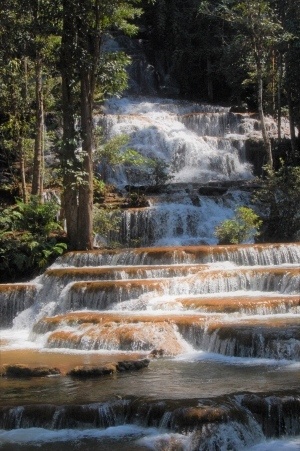
What people do not necessarily know about Mae Sot is that it can be an ideal destination for sports and nature lovers.
Situated in the mountainous Tak Province, Mae Sot is surrounded by national parks covered with lush forest and filled with a wealth of natural curiosities.
During my short trip, I had the opportunity to visit a few of them.
The spectacular Phra Charoen Waterfall flowing down 97 limestone natural stairs — according to my guide book; I didn’t count them! — kept my camera busy for a while.
In Taksin Maharat National Park, I was amazed by the colossal krabak yai. Considered Thailand’s largest tree, this 700-year-old boasts an impressive trunk measuring 16 meters in circumference.
Another attraction is the Mae Gasa Hot Springs which are said to be hot enough to cook an egg in 20 minutes. The journey through tiny hamlets and rice paddies to get there made the visit worthwhile.
Mae Sot’s biggest (good) surprise came when I returned to town and headed to the Hospitality and Catering Training Center (HCTC) for a meal at The Passport.
The ASSET‑H&C‑member provides a two-year multidisciplinary hospitality training to underprivileged youth, most of whom come from rural areas.
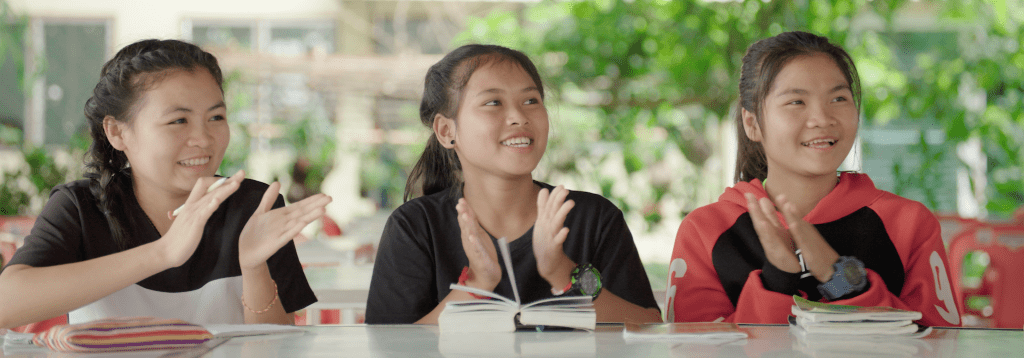
On campus, there is a training restaurant called The Passport where students welcome customers every Friday and Saturday night. As I am the coordinator of ASSET‑H&C, not testing it would have been totally unprofessional!
The restaurant is tucked away in a peaceful garden. From the moment I arrived, the attention from the staff was amazing. They were very welcoming, professional, and obviously trained to a high standard of service.
The menu was table d’hôte style. I had to pick a set three-course meal from the Western or Thai menu. I was told that the menu changes every week to allow students to practice a variety of techniques. Tempted by the peppercorn steak, I chose the Western option, and it didn’t disappoint.
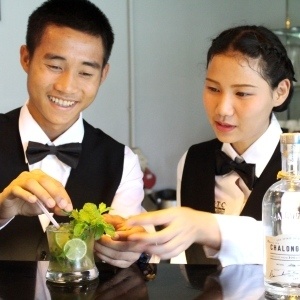
I really appreciated the students’ efforts to make my evening as enjoyable as possible.
From my table, I could watch activities in the kitchen through a large window while sipping my chihuahua cocktail.
Then, as part of the service, students prepared in front of me the pepper sauce “flambée” for my steak.
The food was excellent; a five-star fine dining experience in the most unlikely of places!
As short as it was, my trip to Mae Sot turned out to be a surprisingly luxurious experience; the luxury of a spectacular natural environment, Mae Sot’s rich diversity and cultural fusion, and a high-class meal.
Who could have imagined such a dining experience in a small border city? And the added reward of contributing to a great social project makes this off-the-beaten-track experience even more memorable.


